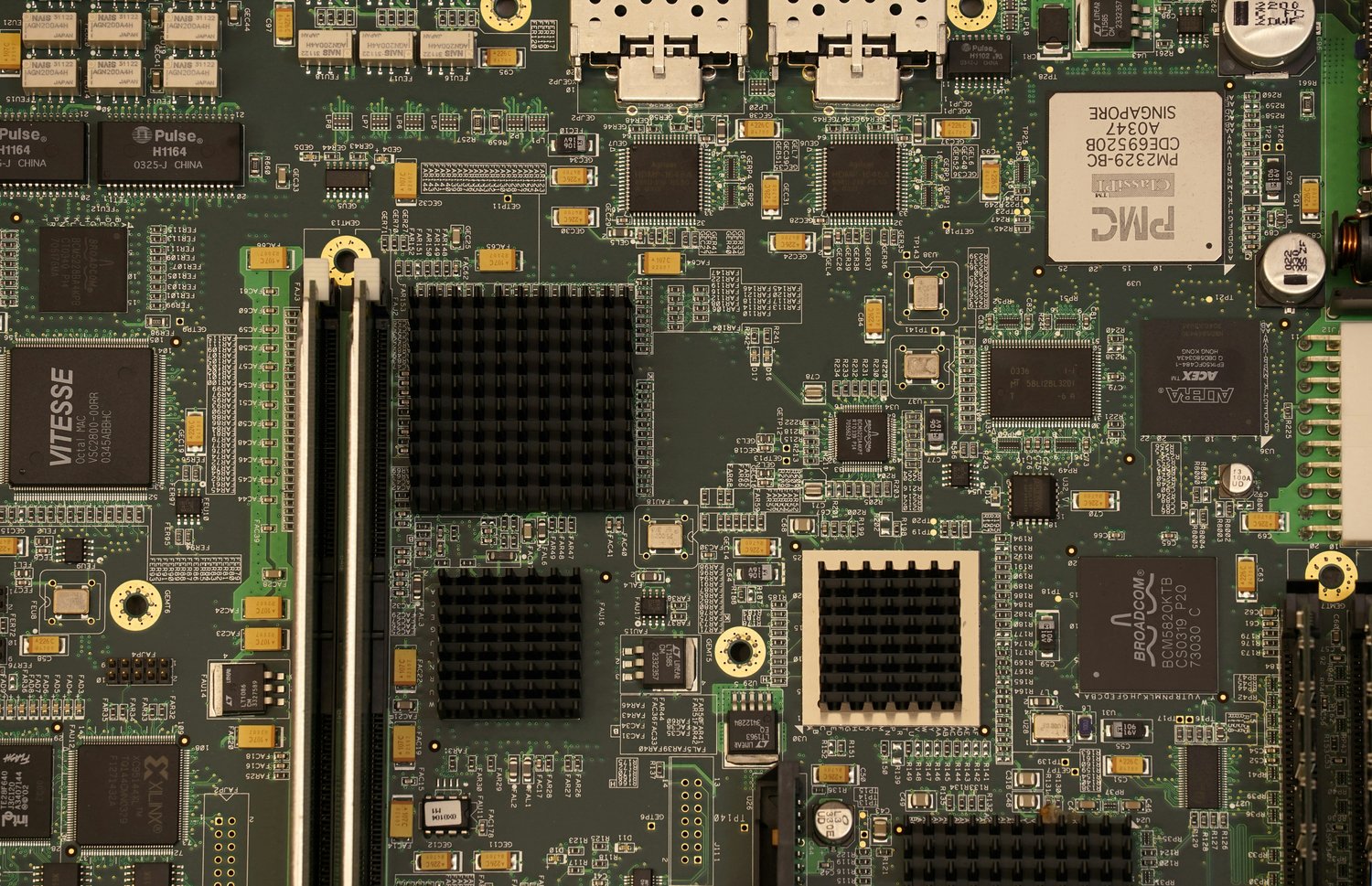“Increased Spending on Equipment” is not evidence of progress. In fact there are numerous examples in the past of fraud, e.g https://www.ft.com/content/1e3fe107-1b6e-43dd-8f04-e3c88502c36b (cf ““Big Fund”, which raised $51bn in its last two funding rounds.” 2 years ago, setup 10 years ago)
China is indeed pouring money on the problem and they are making significant progress. Yet it’s not competitive in terms of performance and, much harder to evaluate, it seems not to be competitive in terms of economics. To make a processor a lot of low quality ones are discarded, leading to the idea of “yield” (cf https://en.wikipedia.org/wiki/Semiconductor_device_fabrication#Device_yield ). So, even if one CPU/GPU/TPU is genuinely produced, in “full autonomy” (so without e.g ASML unique machinery) and it actually on independent benchmarks comparable in terms of performance to the state of the art produced outside, it’s still impossible to evaluate how viable the production process is. Maybe there yield is very high and thus producing those chips is efficient and thus cheap, maybe the chip used in the benchmark is the single existing one and thus is prohibitively expensive.
I recommend the 2022 Chip War https://en.wikipedia.org/wiki/Chip_War:_The_Fight_for_the_World's_Most_Critical_Technologyon the topic, it is quite interesting.
Also interesting to note “The focus on mature nodes also positions Chinese companies to dominate markets where advanced nodes are not necessary, such as in automotive and industrial applications.” which is indeed very viable. Namely they focus on “old” processors used in “simpler” situations. The machinery from ASML to make such chips is actually purchasable (unlike the latest ones). China is already positioned on the lower end of the market.
Still, even though going from the production of older chips is a step to higher end one, it is not the same, especially when machinery to do so can’t be purchased.
The reality is that China has the best track record in the world in producing large ambitious projects like this in record time. Given that this is seen as a national security concern for China, there is absolutely no doubt that China will be able to catch up, and likely outpace western chip production even at the high end. The fact that China already started producing 5nm chips in just under two years that people thought would take a decade to do is a clear indication of how rapidly China is moving.
Meanwhile, ASML machinery isn’t magic, and much of complexity in it comes from the fact that it needs to be compact for export. Chinese approach is just to build a large particle accelerator which will produce higher yields incidentally https://whychinese.co.za/2023/10/12/chinese-scientists-turn-to-giant-particle-accelerator-for-chip-manufacture/
It’s also worth noting that the chip war has been a total failure on the US side so far. Last I checked neither Samsung nor TSMC actually got their foundries operational in the US. This was accurately predicted when the US put out the CHIPS act https://compactmag.com/article/fighting-a-chip-war-on-the-cheap
The thumbnail looks like a screenshot of a colonysim on first glance.
I have nothing else to contribute.



